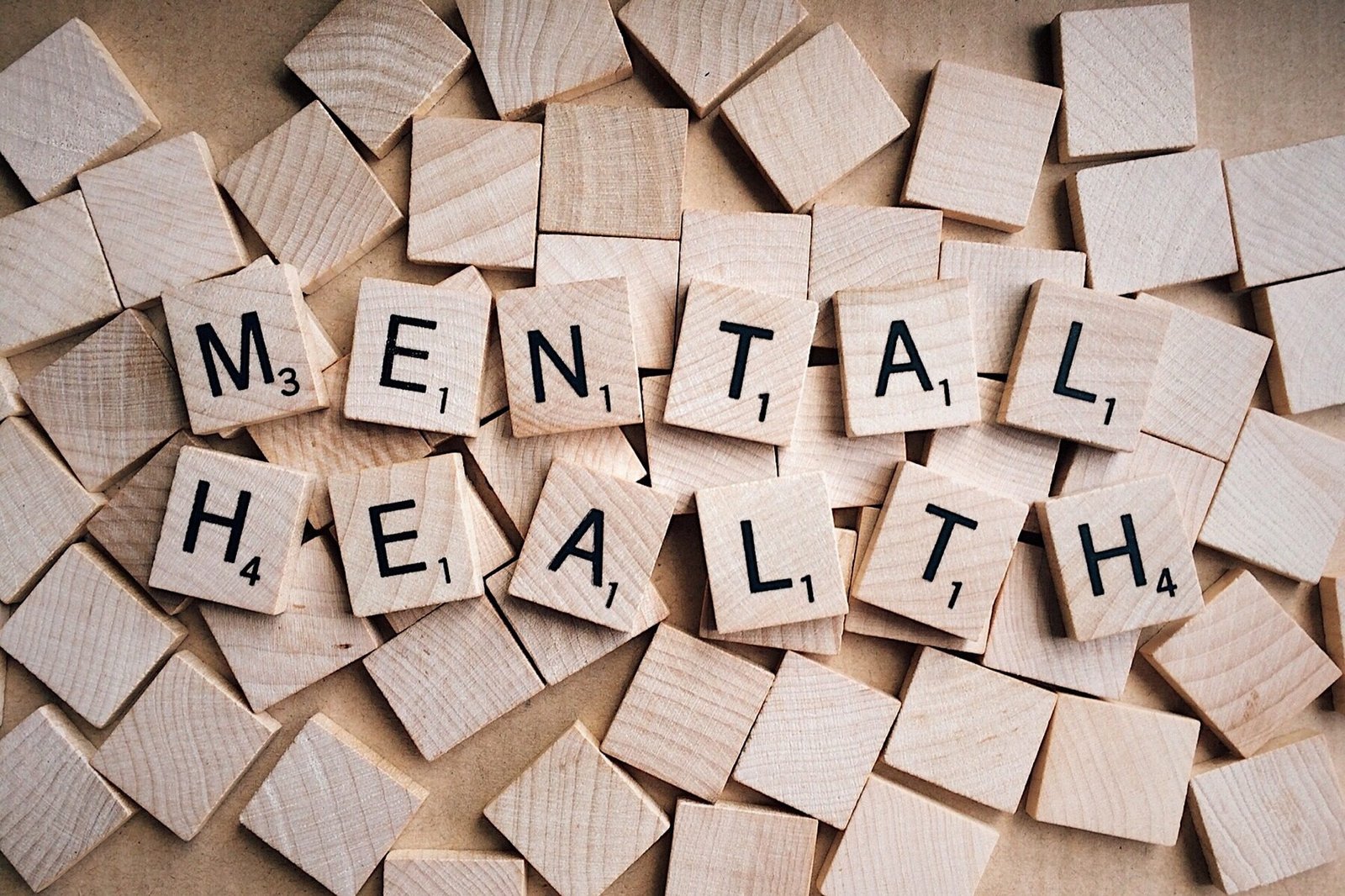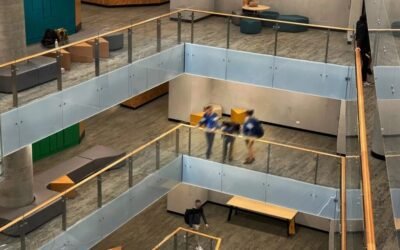By Ashna Hussain:
In 1863, U.S. President Abraham Lincoln captured the essence of democracy in a single phrase: “Of the people, by the people, for the people.” The idea behind this famous catchphrase was to promote a government that would be directed by the citizens of the nation.
Now, let us extend this basic concept to other aspects of society, more specifically to the way mental health campaigns are designed and promoted. Mental illness is a serious problem in society as it creeps into a person’s life predominantly during adolescence and festers on to adulthood if not treated.
Consider this scenario: Every morning, a young person wakes up and feel like they are a waste of space. They can feel a big grey cloud looming over them; they stopped seeing the colour in life a long time ago. For them, suicide has become a fantasy. Seeking help is the obvious way to go, but they can’t seem to find the right help.
Of course, you may be thinking, “But there’s plenty of mental health services out there!” The problem here is not the availability of mental health services, it is the quality of those services. Perhaps the two most important questions to be asked are: “Do these services connect with young people on a personal level?” and “Is the information relevant, realistic and understandable?”
This summer I was fortunate enough to be part of the Safe and Well Online project through the Undergraduate Summer Research Program. I worked in collaboration with Dr Phillipa Collins and Dr Teresa Swist who were exploring the experience of young people involved in the development of four mental health campaigns; Keep it Tame, Something Haunting You, Appreciate a Mate and Goalzie. These campaigns were democratic – they were co-designed by young people, for young people.
As part of my research, I was required to evaluate whether participation of young people resulted in the much needed quality of mental health campaigns. I analysed 12 interview transcripts of young people who had been part of the design and development of the 4 campaigns, exploring their perspectives on the value and impact of their involvement. What was it that young people looked for in mental health campaigns?
I found exactly what I expected to find: young people made all the difference in the world in the development of the campaigns. These campaigns were engaging, interactive and most importantly positive. They made young people feel like someone out there cared for them. They empowered young people in their approach to seeking help – they were in control of their actions and decisions. They promoted positivity and focused on the benefits of using technology to seek help.
This research was a great experience for me since I plan to pursue a postgraduate research career. I learnt new skills, such as sifting through piles of academic literature (a pain in the backside!) and writing up a research report. I discovered the value of constructive criticism –there is always room for improvement. Most importantly though, I gained a whole truckload of confidence. I did the unimaginable (well, for me it was) – I presented my research in front more than 50 people. Being an extreme introvert, I despise any sort of attention thrown on me, so I consider this presentation a very important milestone in my short life of achievements.
Research aside, it was an enlightening journey for me. I realised that mental illness was a highly complex issue – my basic and essentialist perceptions were dangerous since I could easily misinterpret mental health situations and contexts. My increased mental health awareness has allowed me to appreciate and acknowledge the importance of effective mental health services.



